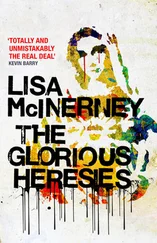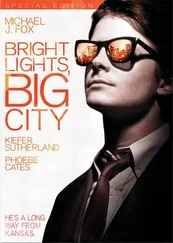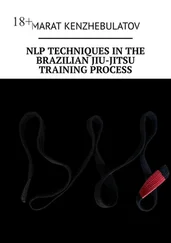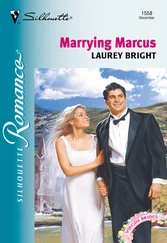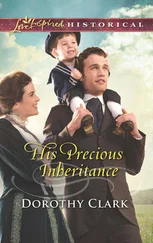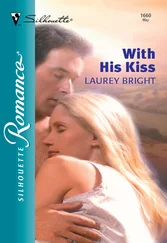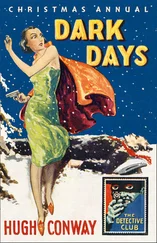“It’s bigger than we are,” he once told Corrine when she complained about the effort and the expense. She wondered if it was the kind of institution that could survive uprooting; this year’s gathering would have a valedictory feeling, almost certainly their last in the old farmhouse.
—
That week, Cody Erhardt, the director, was staying with them. Once upon a time he’d been a notorious badass, a hard-drinking, skirt-chasing American ninja — also the title of his best-known movie — but at this point in deep middle age he was fairly unprepossessing, doughy and overfed, with thinning hair and a mottled pink complexion. Although he’d played a version of himself in a Godard film, no casting agent would have, at this date, tried to sell him as a macho hip director. It was strange to see him — so clearly an indoor creature, a native of editing studios and screening rooms — out here at the beach. Cody was, if not exactly an old friend, at least an old acquaintance, an avatar of the brief, lamented renaissance of American film that flared up around 1969 in the wake of Easy Rider. Russell had published a collection of three of his screenplays and he’d later, briefly, been attached to Corrine’s adaptation of The Heart of the Matter after it had been bought by New Line. Though that film got made by someone else and ultimately played in only a few theaters, it was still a hot project when she managed, with Russell’s help, to get herself assigned to do the script for Youth and Beauty. Tug Barkley, or someone who worked for him, had discovered Jeff’s novel. After going silent for two years, his production company had recently renewed the option, and Corrine was working on yet another draft with Cody. The development process had been, from her point of view, painfully protracted and convoluted, though no more so, Cody assured her, than the average movie; he’d been trying to make Kerouac’s Dharma Bums for seventeen years.
Although she liked to give the impression that she’d adapted The Heart of the Matter on a whim, that she’d never expected anything to come of it, she had worked on it tirelessly and was thrilled when her screenplay was optioned, pleased to have forged an identity in the Hobbesian cultural landscape of Manhattan after a stint as a stay-at-home mom, resentful of any insinuation that Russell’s connections had played a part, and secretly crushed when the film disappeared without a trace. She’d thrown herself into the job at Nourish New York on the rebound. She loved the work, but when she was given another chance on Youth and Beauty, it felt like a new lease on life. Corrine desperately wanted to see it made, and succeed, though she would be hard-pressed to say whether it was herself or Jeff she was hoping to redeem.
She and Cody had been working during the day and then the three of them would make the rounds in the evening. As August progressed, the social pace had become ever more frenzied; it would have been impossible to honor even half of their cocktail and dinner party invitations, even if the traffic hadn’t been so clotted as to make it necessary to plot out one’s course in advance, calculating likely time of transit and distance between points, weighing the relative desirability of events that were unrealistically far apart. Russell actually enjoyed this crazy whirl, at least up to a point, and Corrine was grateful that Cody was here to accompany him, allowing her to spend a few nights with the kids.
For their latest powwow, she had forced Cody to accompany her to the beach, which she hadn’t seen in three days, and he’d covered himself up like a mummy, swathed in gray sweats, with a towel on his head.
The ending of Jeff’s novel had always posed a problem. In the book, the Jeff surrogate — a successful neo-Expressionist painter — dies of a heroin overdose, presumably accidental, although the possibility of suicide isn’t far-fetched; he is, after all, hopelessly in love with his best friend’s wife. Just to complicate matters further, his best friend is his gallerist. Corrine had originally adhered closely to the novel, but the studio execs had balked once they read the first draft, and in the next draft a car accident took the place of the heroin overdose. Lately, a consensus had been building that the protagonist shouldn’t die at all.
“Back in the day, the studios would have let us get away with that,” Cody said one morning, “the hero dying of an overdose; they would have let us show it, for God’s sake — the syringe in the arm, the trickle of blood — then pulled back on the dude gradually turning blue. After Easy Rider, Five Easy Pieces, Mean Streets and Death by a Thousand Cuts, they realized they didn’t have a clue, and for a little while they let the kids have the keys to the candy store. But eventually the marketing department took over, and now they call the shots. No way they’re going to let us kill off our fucking protagonist.”
“Well, his death does resolve the whole love triangle thing pretty nicely.”
“Hey, maybe we have all three of them move in together, remake Jules and Jim, which I’m pretty sure none of the marketing morons ever heard of — except it probably won’t pass muster with the PG-13 police, either. So, tell me, really, did you actually fuck the guy, or was that wishful thinking on his part?”
“I’m just going to leave it up to your overheated, lecherous imagination, Cody.”
“Am I the only one who thinks it’s weird that Russell edited the novel?”
“It was remarked on somewhat.”
“I mean, doesn’t that make you cringe a little bit?”
“It was a long time ago,” she said.
—
The day of the party dawned brilliantly clear, and the weather held, the heat of the day moderated by the ocean — audible just over the dunes all day — fading to perfect shirtsleeve temperature by six.
“We’re sorry to be so unfashionably early,” said Judy Levine, who, with her husband, Art, was the first to arrive. “But we can only stay a minute. We’ve got to go to the Aldas’ and then on to the Michaelses’ for dinner.” Corrine could imagine that Judy must have thought herself very clever to apologize in a manner that allowed her to drop these names, which could only suggest to the hostess that it was she and her husband who were not quite fashionable enough to merit a later arrival, that the Levines were only stopping by on their way to grander events.
“At least now we’ll get a chance to talk before all the fashionable people show up,” Russell said, parrying the thrust. Corrine tried not to smile. He was a good host, but he was nobody’s patsy. Art was kind of interesting, a writer and director from the golden age of television, though of that generation of men for whom women were anything but equals, and Judy was just a silly, social-climbing twit who couldn’t possibly have improved his opinion of their gender over the course of a thirty-year marriage.
The guests came mostly in pairs, some early birds with a child in tow, others with houseguests — a new divorcée or a single friend from the city. Some of the couples came with a gay friend, and some of the gay couples had a straight friend in tow. They all observed certain sumptuary laws of the time and place; an observer of the cars lining the street might have guessed there was a prohibition on American automobiles, and the people climbing out were dressed in a style best described as expensive casual: polo shirts, jeans, driving shoes. Socks were universally shunned by the men, as were ties — although late in the evening an interloper from Southampton, obviously lost, appeared on the lawn wearing a seersucker suit and a pink tie with a sailboat motif, clutching a bottle of Macallan by the neck.
Читать дальше

